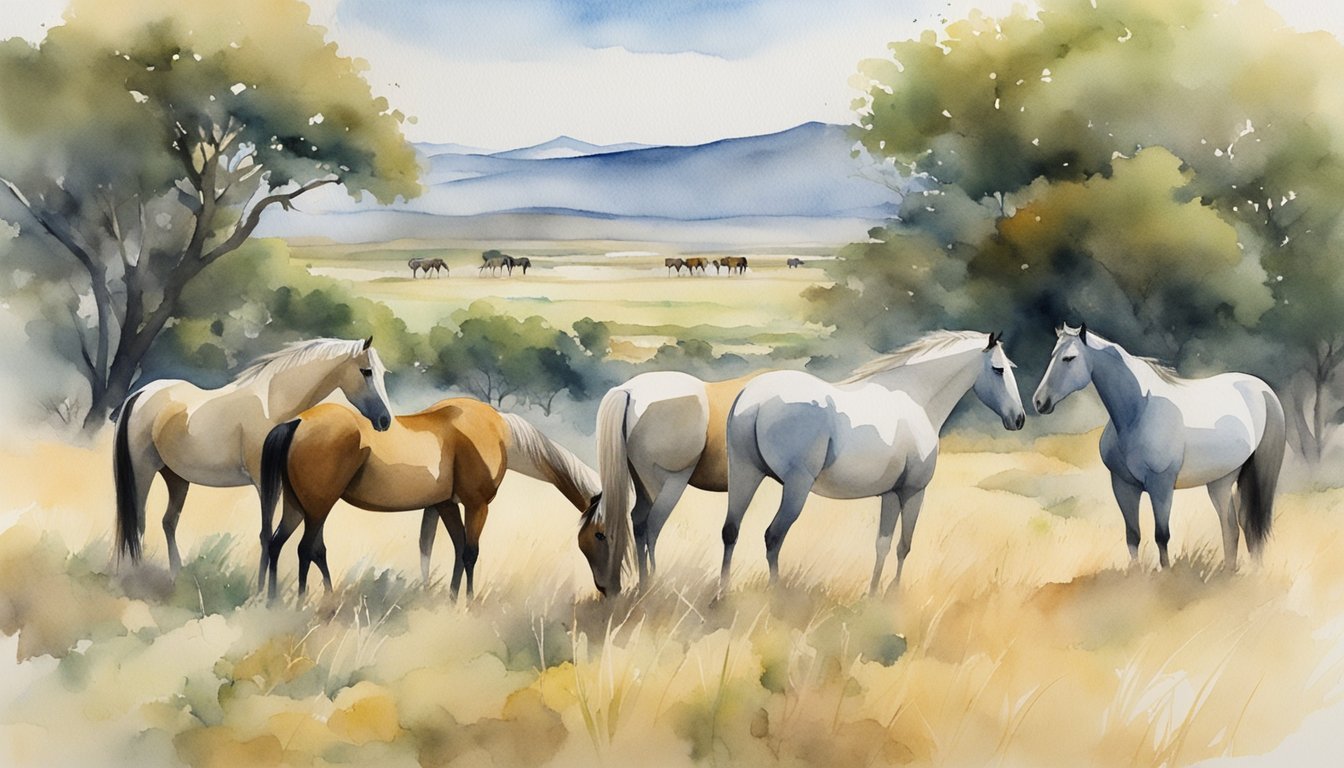Takhi Horse Profile
The Takhi horse, also known as Przewalski’s horse, represents a rare and distinct wild equine species, with a remarkable history and unique physical traits thriving primarily within Mongolia’s borders.
Taxonomy and History
The Takhi horse, scientifically named Equus ferus przewalskii, is the last surviving subspecies of the wild horse (Equus ferus). Discovered by Russian explorer Nikolai Przewalski in the late 19th century, these horses are not domesticated and differ genetically from their domestic counterparts. The population underwent a critical period where they were considered extinct in the wild, but since their successful reintroduction efforts, they are now classified as endangered rather than critically endangered. They possess 66 chromosomes, while domestic horses have 64, highlighting their unique genetic relationship. Evidence suggests that the closest relatives of domestic horses, the Botai horses, are not ancestors but rather feral descendants, making the Takhi the only true wild horse species.
Physical Characteristics
Takhi horses are characterized by their stocky build, with a shoulder height of 125-147 cm and a weight ranging from 240-300 kg. They have a short neck and a large head, with a distinctive “flour nose,” marked by a pale coloring around their nostrils. Their coats can vary from pale yellow to reddish-brown, with occasional dark stripes on their legs reminiscent of zebras. This physical makeup allows them to survive in harsh conditions.
Habitat and Distribution
Endemic to Asia, specifically Mongolia and parts of China, the Takhi have a history tied closely to the vast Gobi Desert and the steppe regions. Their preferred habitats are grasslands that provide ample forage and water sources. Reintroduction efforts have aimed to establish sustainable populations in the Great Gobi B plateau, part of their historical range where they roamed until the 1960s before a sharp decline in numbers. Here, they continue to maintain their status as the treasured Mongolian wild horse and a symbol of the untamed natural world.
Conservation Efforts

The resurgence of the Przewalski’s horse, or takhi, is a testament to the intense conservation and reintroduction efforts aimed at preserving this unique species, once extinct in the wild.
Reintroduction Initiatives
In the early 1990s, takhi were reintroduced into the wild beginning with the Hustai National Park in Mongolia, followed by other sites like Takhin Tal and the Great Gobi B Strictly Protected Area. These efforts were coordinated with the goal of re-establishing the horses in their natural habitat in Asia, particularly in Mongolia where they are a symbol of national heritage.
Protection and Monitoring
To ensure the survival of the takhi in their natural environment, protection and monitoring programs were established. Dedicated teams track the horses using radio telemetry and GPS collars and observe their behavior and ecology. The data collected informs strategies for the management of takhi populations and their habitat, helping to preserve the species for future generations.
Genetic Diversity and Breeding
Recognizing the risks of inbreeding and limited genetic diversity, conservators maintain an international studbook and implement breeding programs. These initiatives are crucial for increasing genetic variability and preventing genetic bottlenecks, thereby ensuring the long-term biodiversity and resilience of the takhi.

